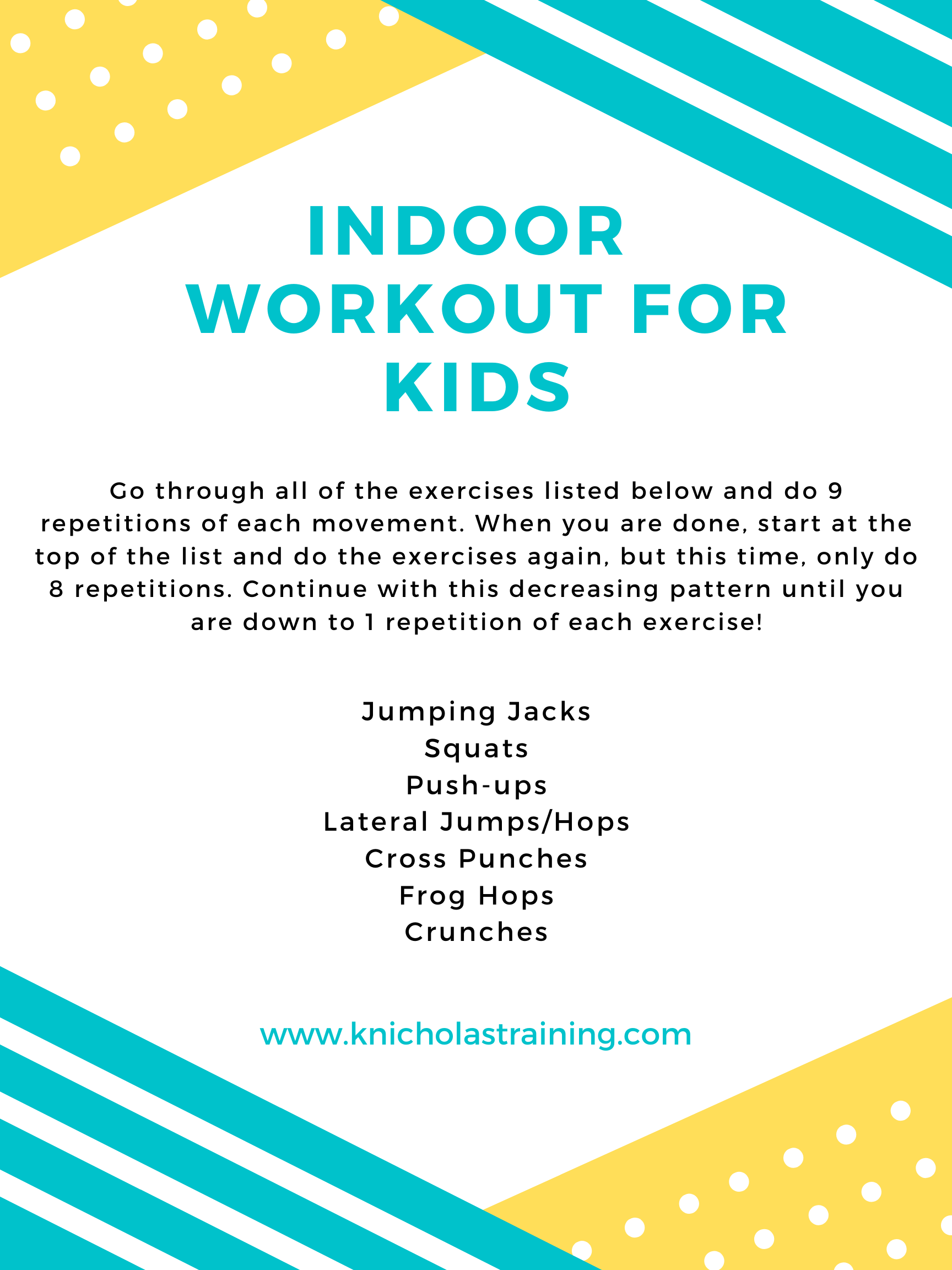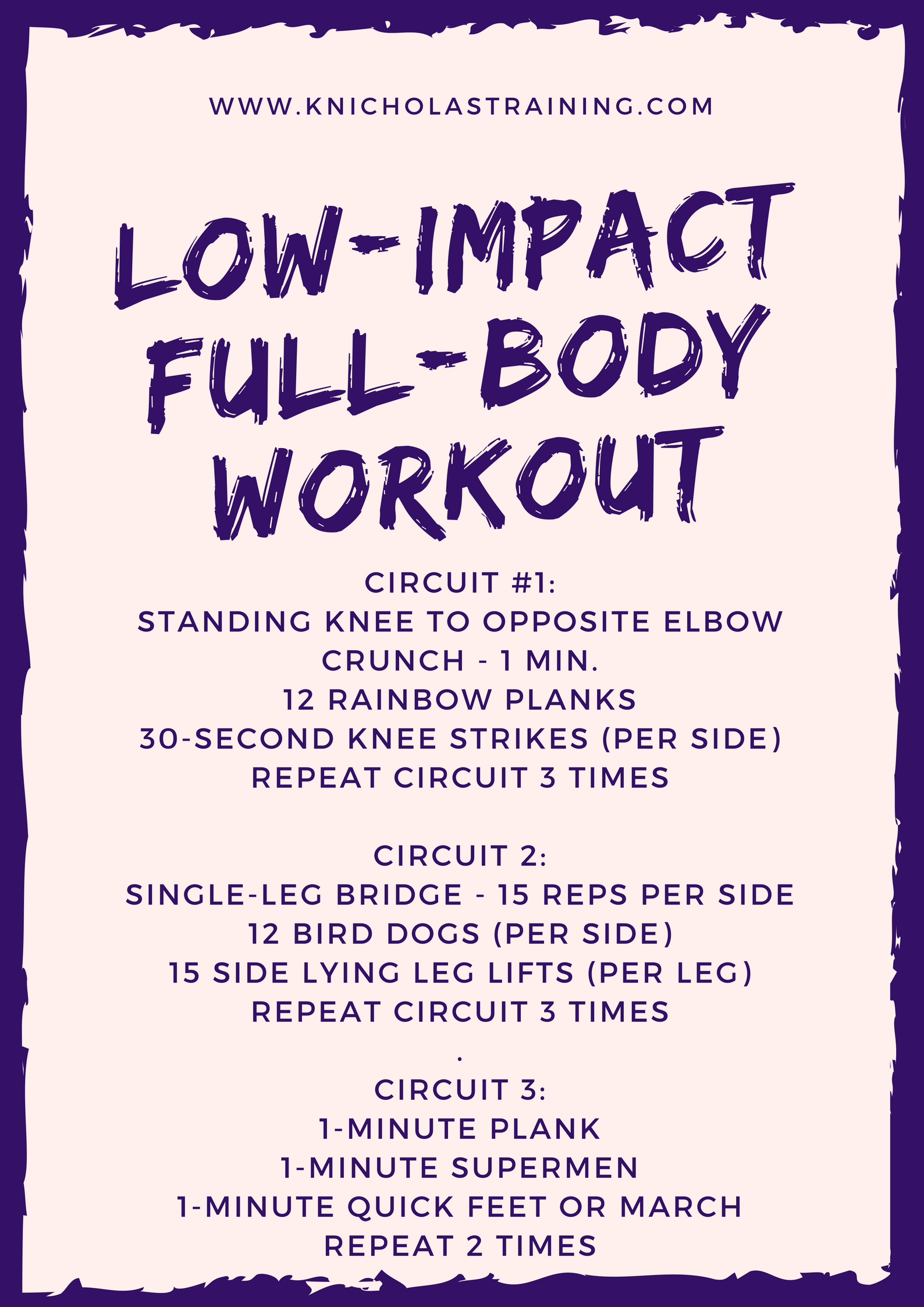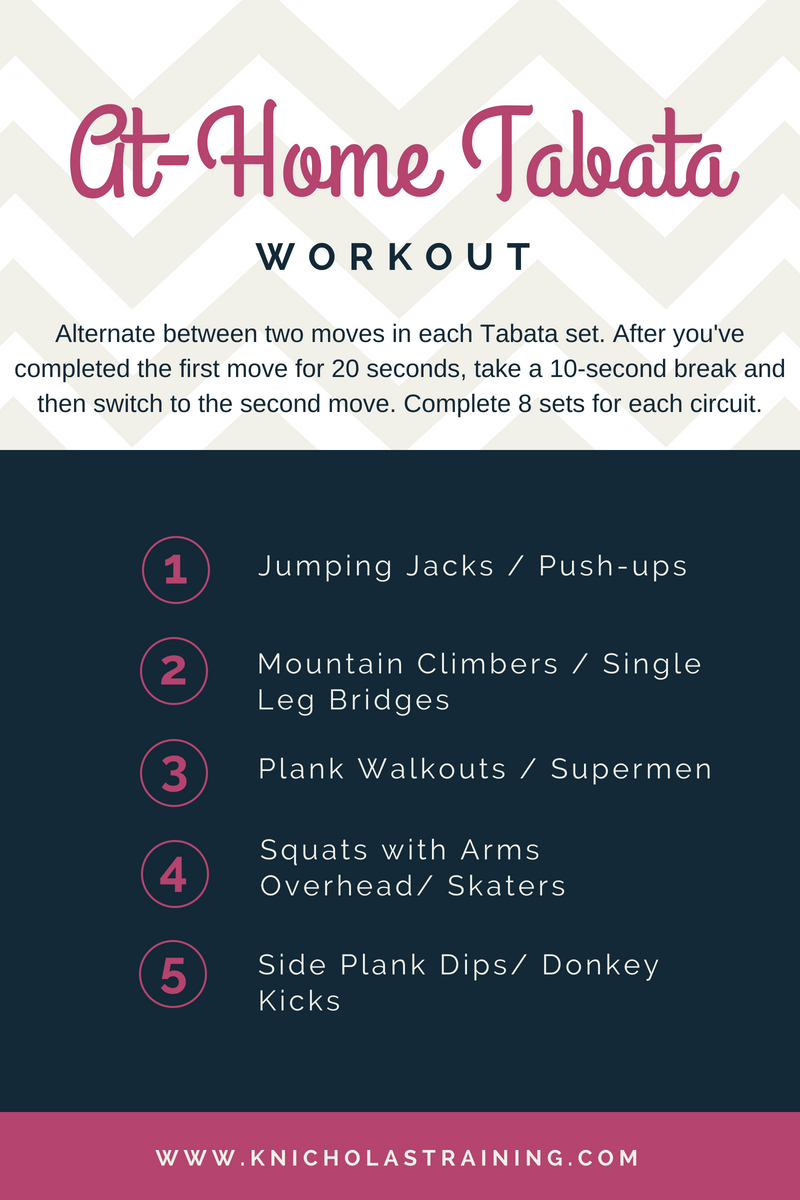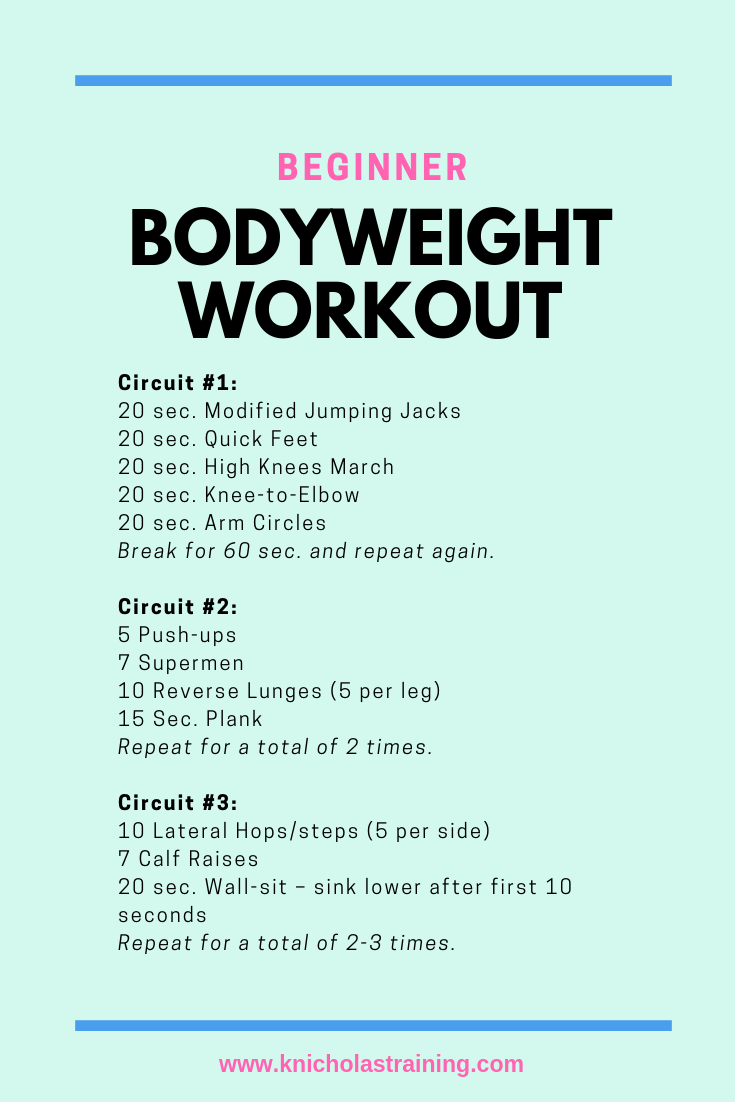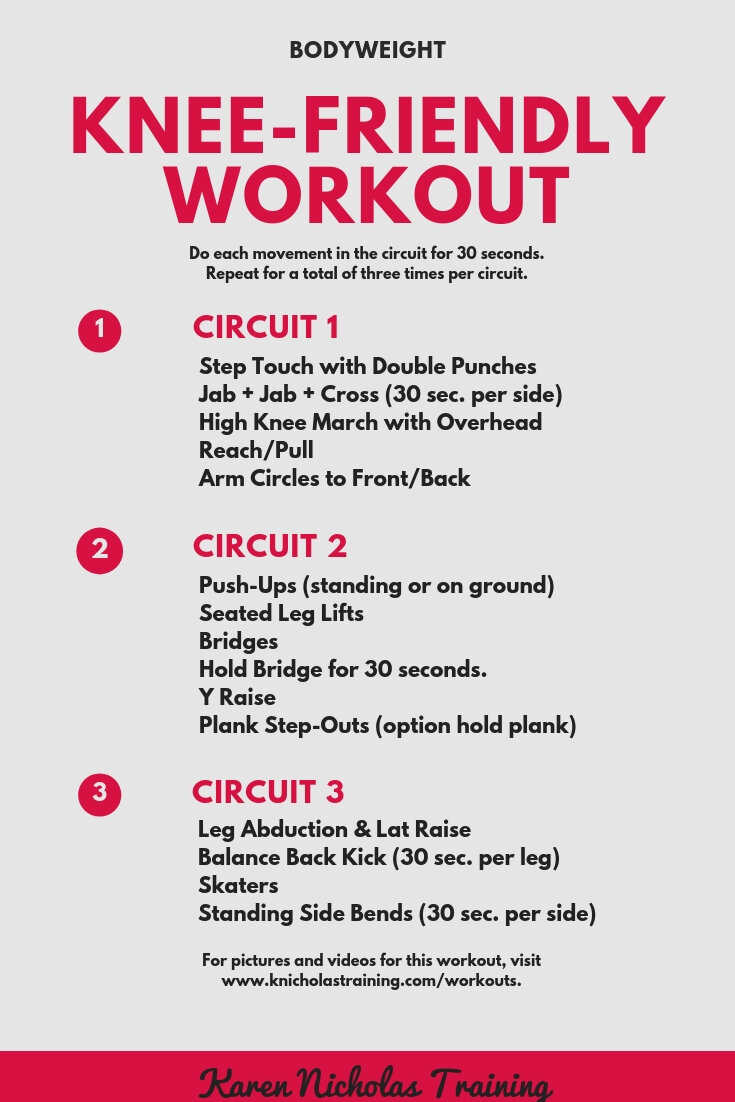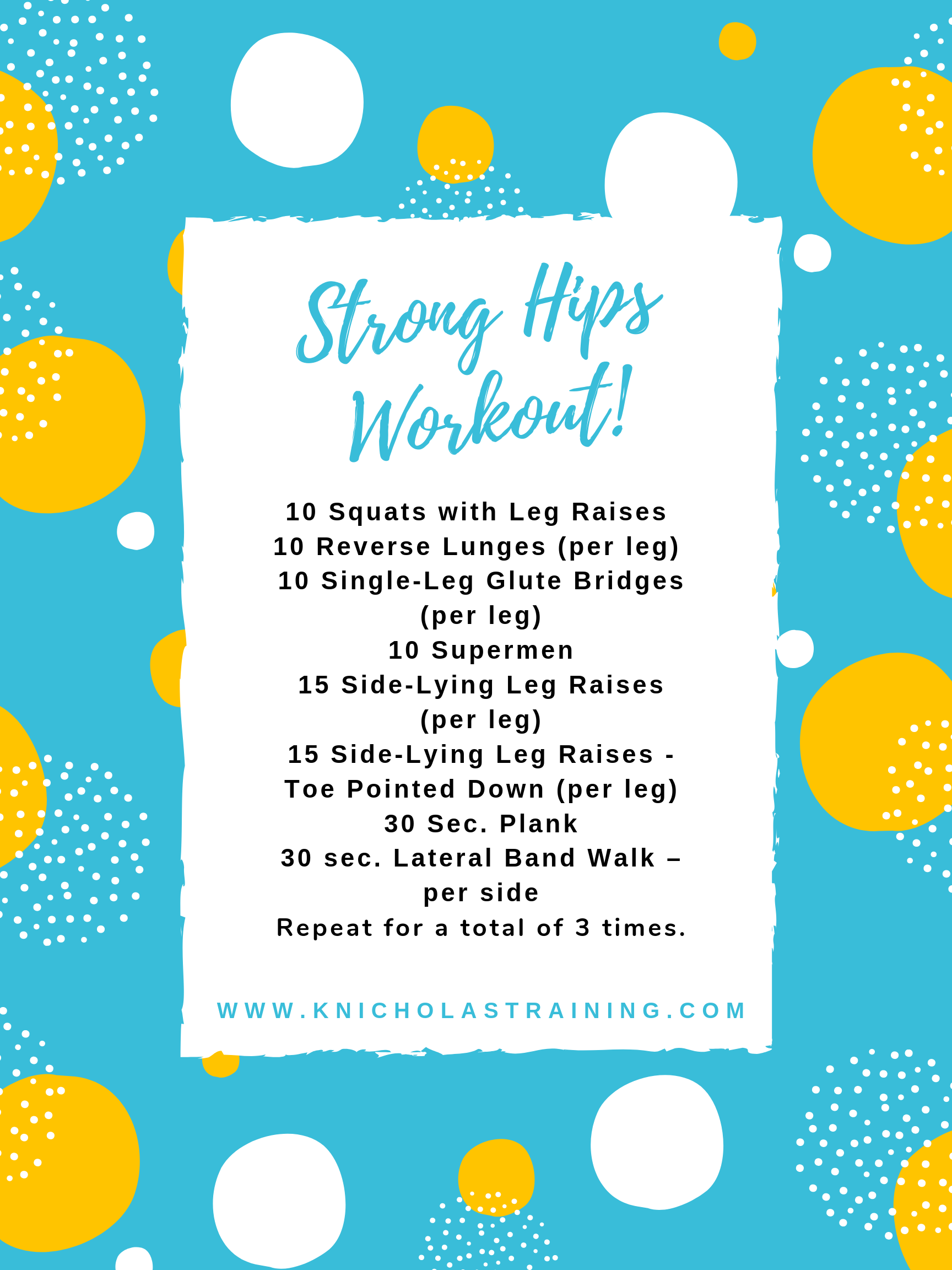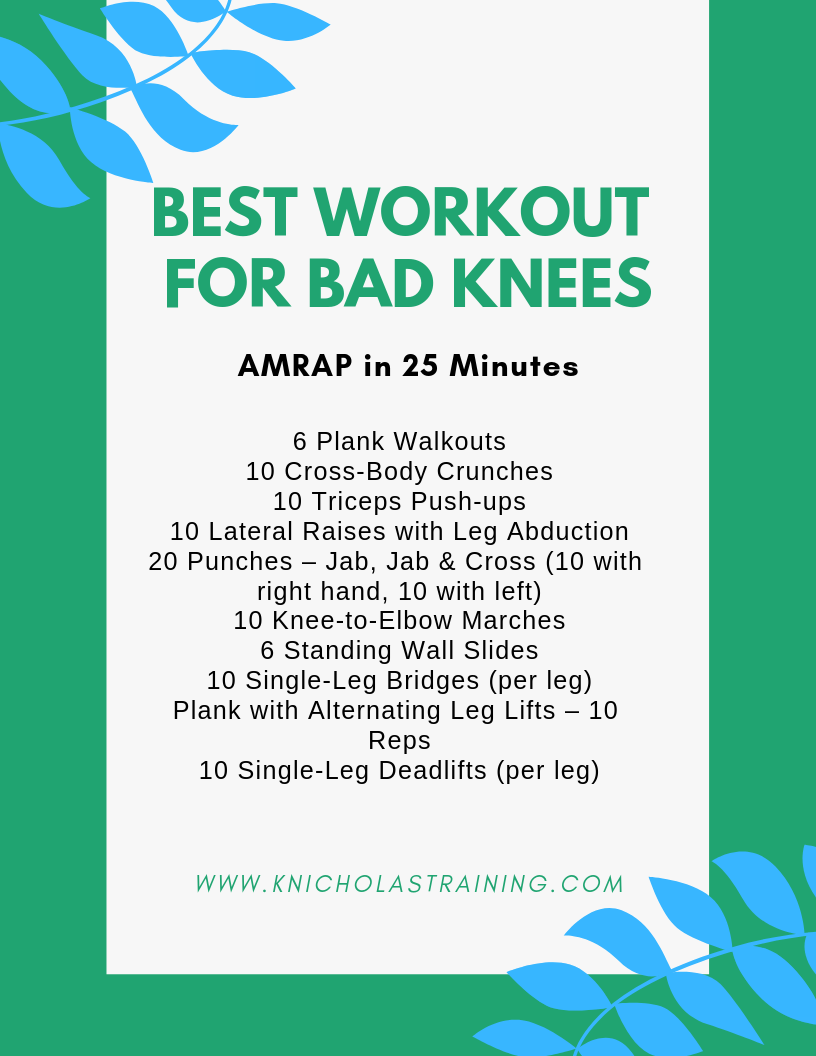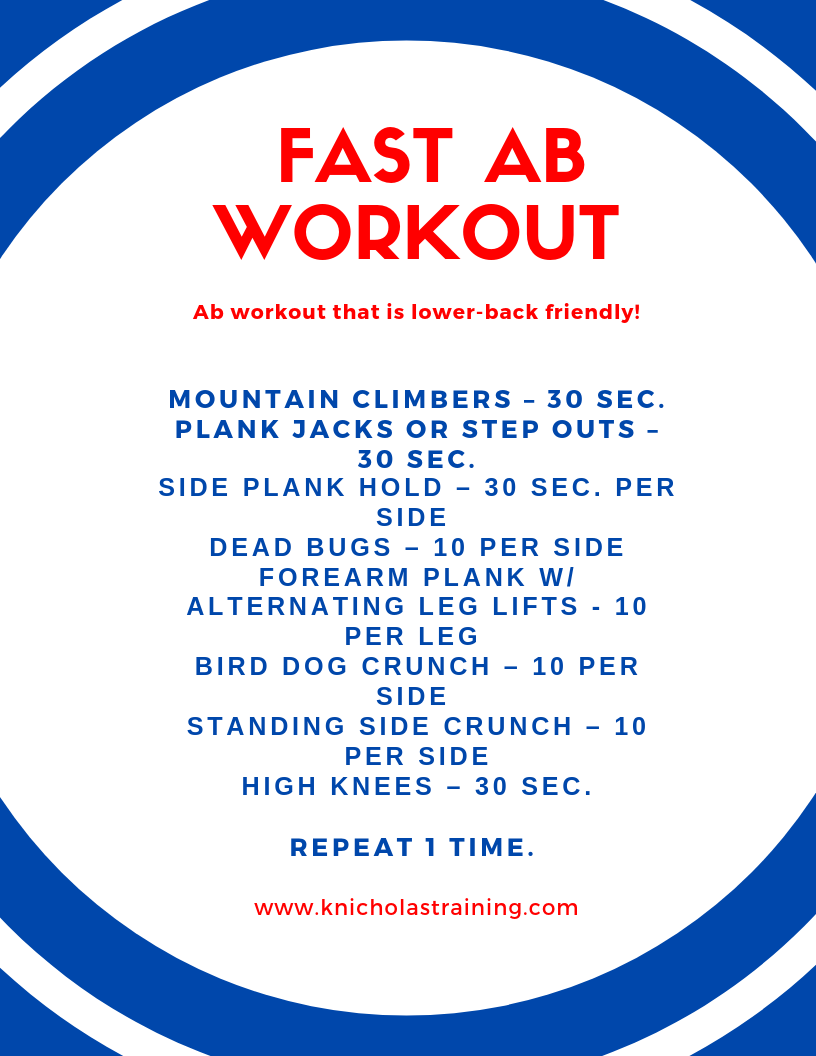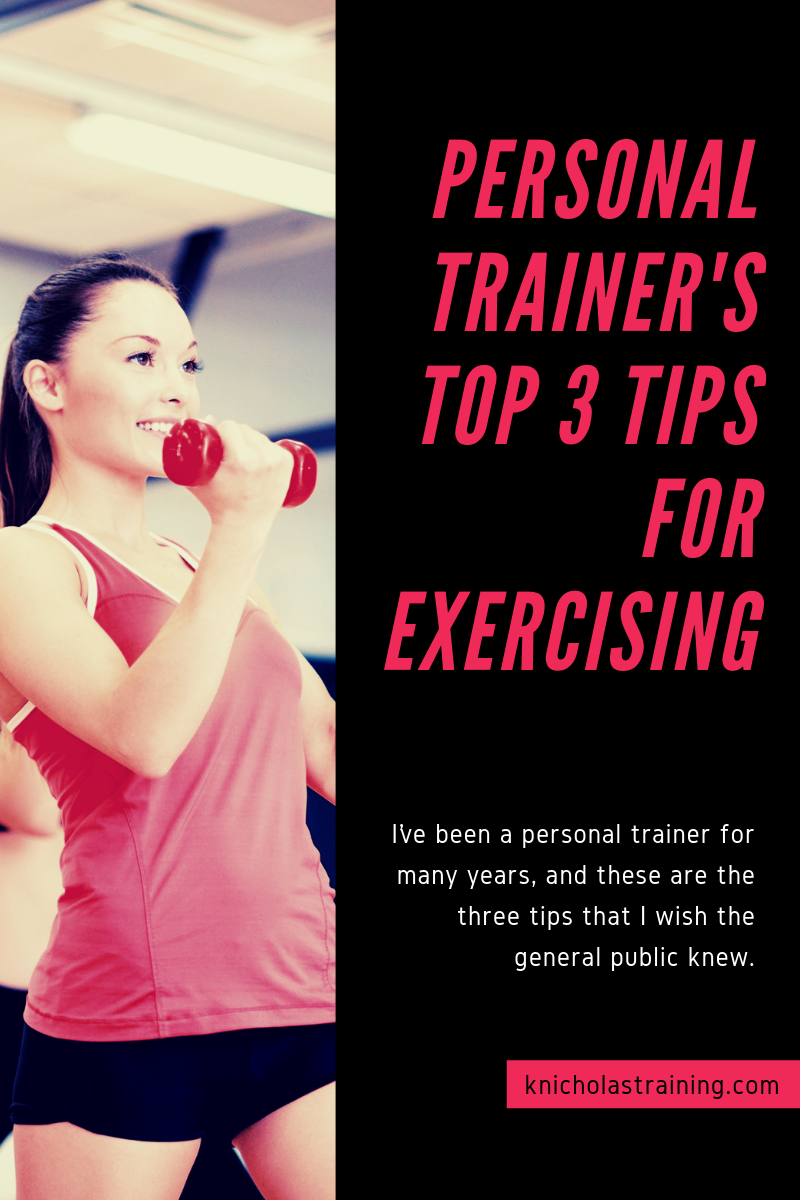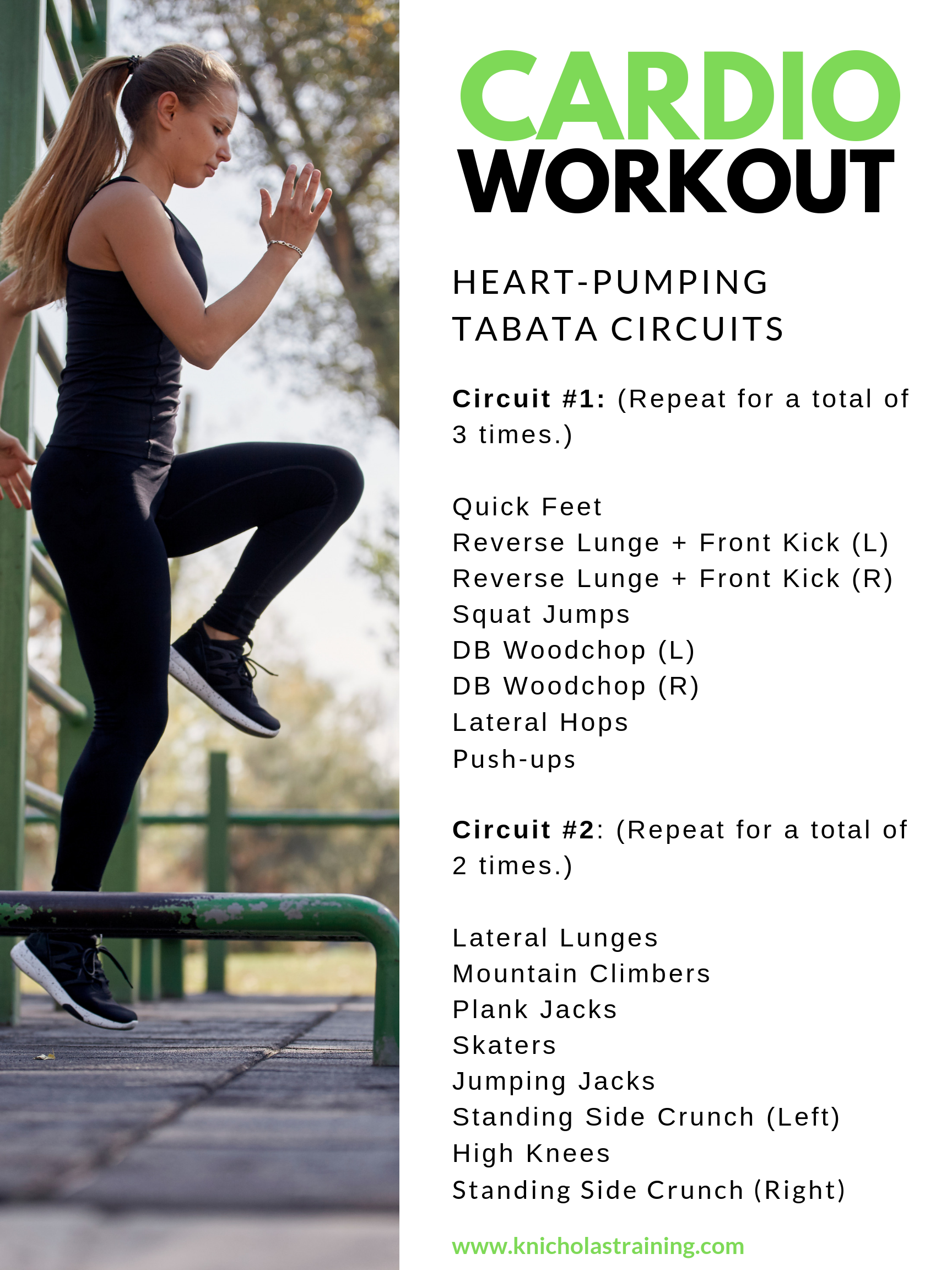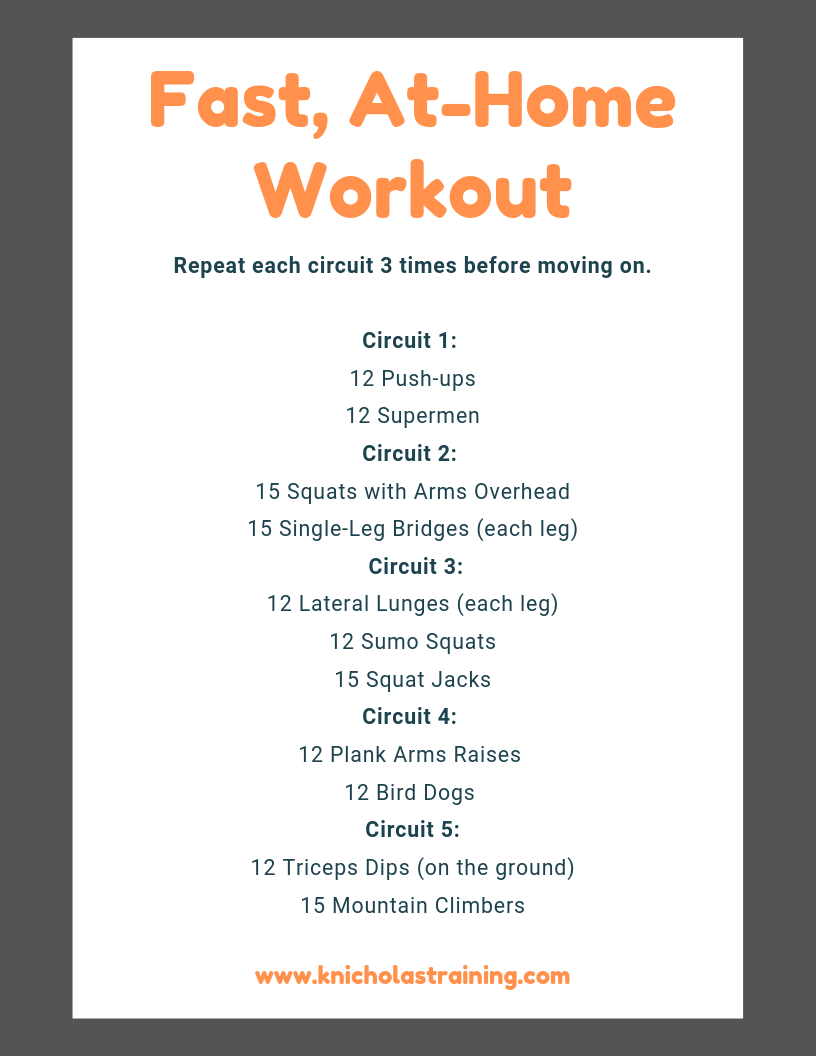I have had dozens of clients come to me with a variety of physical ailments – plantar fasciitis, artificial hips, artificial knees, rheumatoid arthritis, broken arms and legs, etc. We always find a way to keep them active while being conscious of the injured area. (In some instances, we are able to strengthen and improve the functionality of a chronically injured body part!)
You Know Your Body Best
No matter how experienced an exercise professional is, he or she does not know your body as well as you do. If a movement hurts, stop. Tell the individual that you don’t want to do that movement or explain the discomfort you are feeling. There are so many exercise modifications that it’s easy to substitute another movement.
I want clients to tell me when something is painful, uncomfortable or if they don’t feel the movement. On many occasions, I’m able to identify a muscle weakness because of their feedback. We can then focus on strengthening that body part.
Exercise – Even If It’s For 5 Minutes
Moving your body is beneficial. If you only have 10 minutes, work out for 10 minutes! Being active is the overall goal, so fit exercise in wherever you can. We are working out to improve our overall health, which means any and all activity is welcome.
Many times, a client will tell me she didn’t exercise because she only had 20 minutes. A 20-minute workout is all you need on most days. I have several 5, 7, 10 and 20-minute workouts on my workout page. Check them out if you are needing a fast workout!
You can be active even if you have an injured body part or have limited time. However, remember that you know your body the best! If you need modifications or have questions, please comment below or email me!
If you are interested in doing a low-impact workout or one that is modified for sore knees or wrists, check out some of my favorites:
Wrist-friendly Bodyweight Workout
Best Workout for Bad Knees
Back-friendly Ab Workout
Low-Impact, Full-Body Workout

